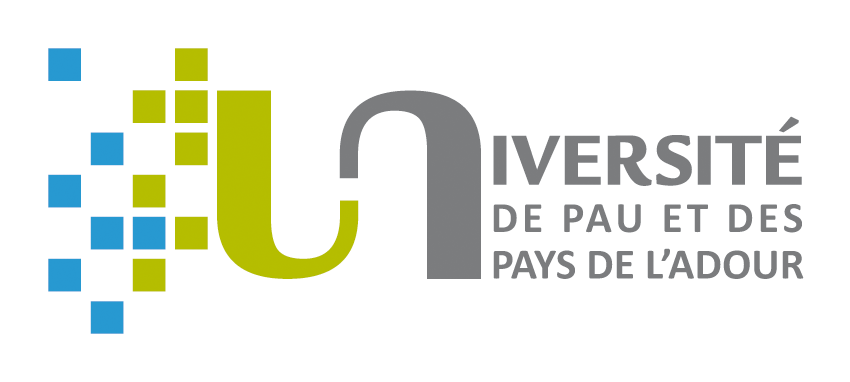Sustainable Activated Carbon from Agricultural Waste: A Study on Adsorption Efficiency for Humic Acid and Methyl Orange Dyes
Résumé
In this study, porous activated carbon was produced from coffee waste and used as an effective adsorbent for the removal of humic acid (HA) from seawater and methyl orange (MO) dye from aqueous solutions. Phosphoric acid H 3 PO 4 was used as an activating agent for the chemical activation of these agricultural wastes. The characterization of the activated carbon obtained using a scanning electron microscope (SEM), Fourier-transform infrared (FTIR) spectroscopy analysis, X-ray diffraction (XRD) and the Brunauer-Emmett-Teller (BET) method revealed that the activated carbon products exhibited high porosity and the formation of various functional groups. The effects of different parameters were examined using batch adsorption experiments, such as the adsorbent masses, pH, initial pollutant concentration and contact time. The results show that the performance increased with an increased adsorbent mass (up to 0.25 g/L) and decreased initial concentration of the adsorbent tested. On the other hand, this study clearly showed that the adsorption efficiency of the MO on the raw spent coffee grounds (SCGs) waste was around 43%, while no removal was observed for the humic acid. The experiments demonstrated that the activated carbon synthesized from the used coffee grounds (the efficiency was compared with commercial activated carbon (CAC) with a difference of 13%) was a promising alternative to commercially available adsorbents for the removal of humic acid from seawater. To understand and elucidate the adsorption mechanism, various isothermal and kinetic models were studied. The adsorption capacity was analyzed by fitting experimental data to these models. The experimental data for methyl orange dyes were analyzed using Langmuir and Freundlich isothermal models. The Freundlich isotherm model provided a superior fit to the equilibrium data, as indicated by a higher correlation coefficient (R 2 ) than that of the Langmuir model. The maximum adsorption was observed at pH 3. The Freundlich adsorption capacity was found to be 333 mg/g adsorbent. The PAC showed a high adsorption capacity for the MO and HA. The PAC showed the highest adsorption capacities for the HA and MO compared with the other adsorbents used (SCGs and CAC) and would be a good material to increase the adsorption efficiency for humic acid removal in the seawater pretreatment process. In addition, the prepared AC BET surface area was 520.40 m 2 /g, suggesting a high adsorption capacity. This makes the material potentially suitable for various applications that require a high surface area. These results indicate that high-quality sustainable activated carbon can be efficiently produced from coffee waste, making it suitable for a wide range of adsorbent applications targeting various pollutants.
| Origine | Fichiers éditeurs autorisés sur une archive ouverte |
|---|


